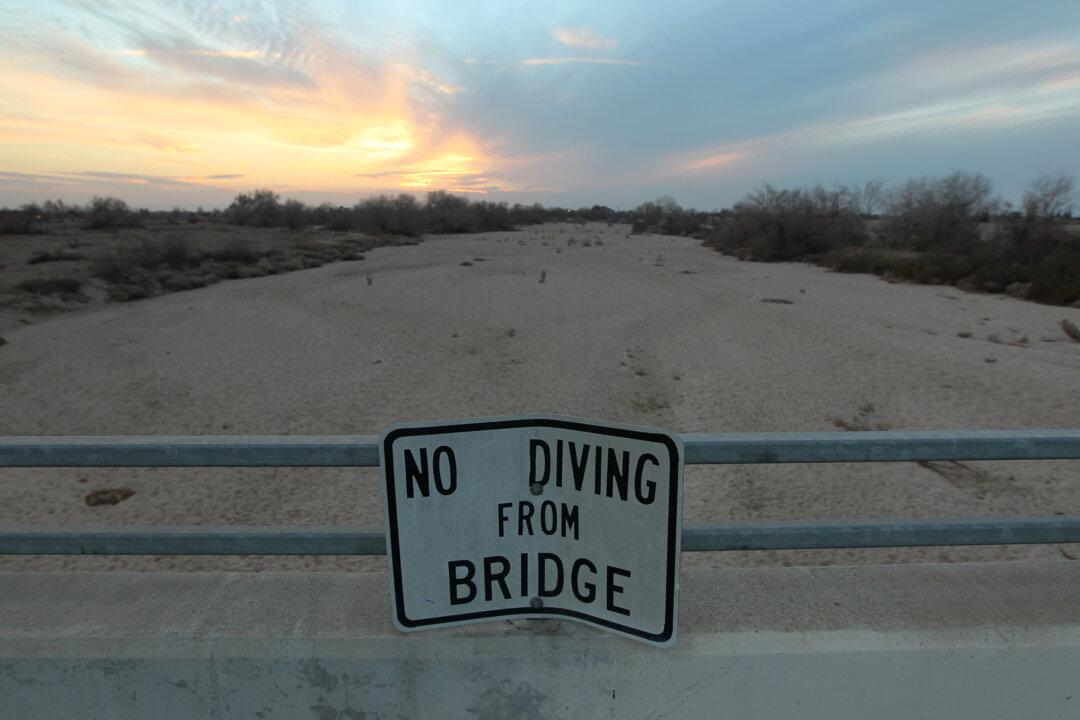I smile brightly looking into the bright blue eyes of my four-year-old daughter Mickie and see love, hope, and optimism for the future. However, I am saddened when I then think about how we are treating our environment and how she may grow up in a polluted world. And how, with the end of the El Nino rains, we still have not acted to adequately solve our water problems.
California’s commitment to 50 percent clean energy by 2030 is a great step in the right direction. Yet we need to be genuine about water—the reality is climate change is already affecting our water supply. At the same time our population has increased four-fold since 1950 to nearly 40 million, with little action to secure more safe water.
I’m against the tunnels. For too long southern California’s water has been dependent on the north. They are using us like a child withdrawing from an ATM. This is unsustainable and we need to implement regional solutions that help the entire state prosper.
Historically legislators, in fact my State Senate opponents, have done practically nothing over the last 50 years to build infrastructure and invest in new technology that prepares us and solves our water shortage. Even today, despite all the talk, the latest water legislation to protect aquifers does not go into full effect until 2020. Given how important water is to your life, this is practically criminal.
